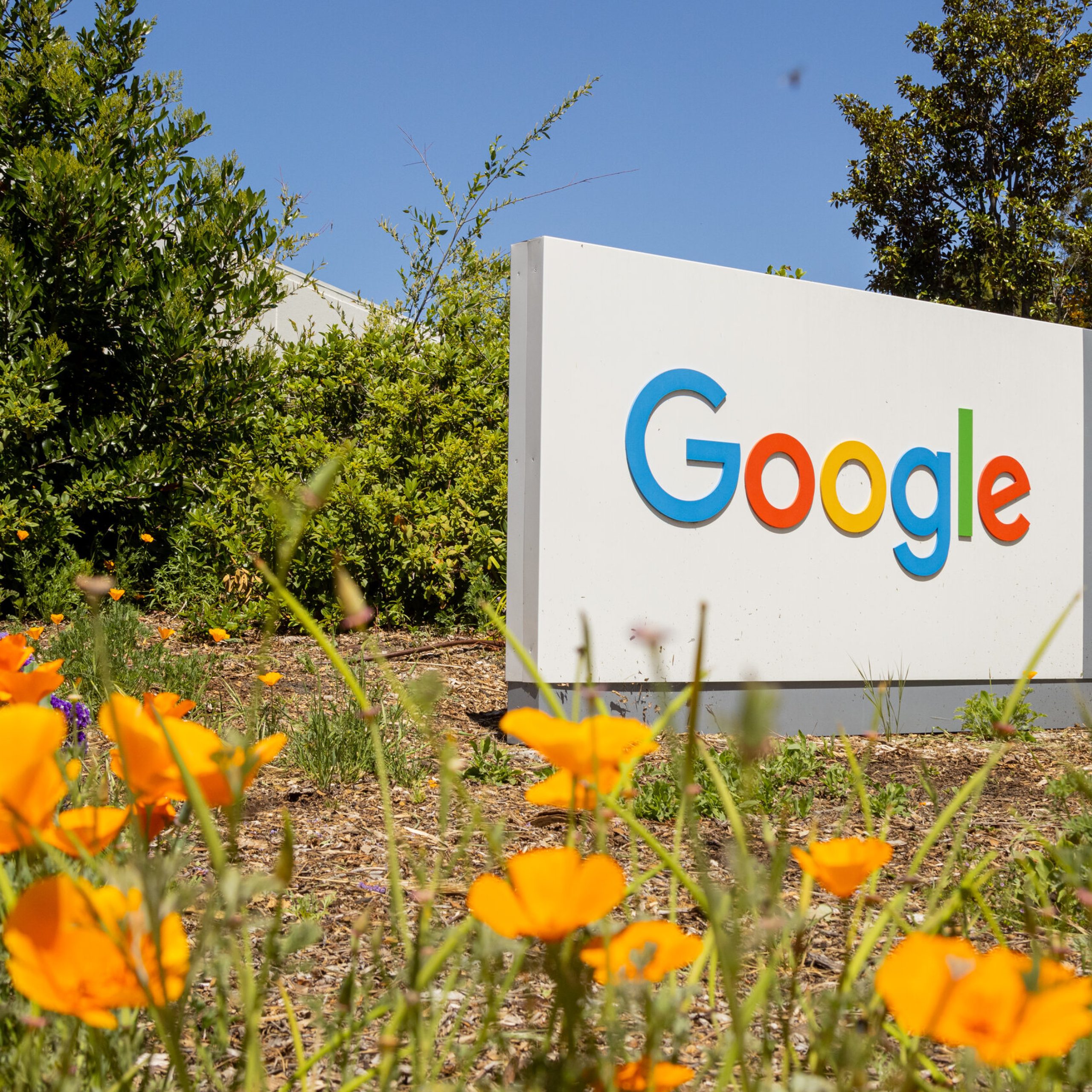The rapid growth of the artificial intelligence (AI) industry is straining the United States’ aging electricity grid, leading to concerns about the environmental impact of powering the massive data centers required for AI technology. This situation has prompted the unexpected decision to keep coal plants online to meet the escalating energy demand, underscoring the previously underestimated energy requirements of AI.
AI data centers and their unique energy needs
AI data centers differ significantly from traditional data centers, which are already known for their substantial energy consumption. AI data centers are equipped with specialized graphics processing units (GPUs) designed to handle more complex tasks compared to standard computer chips. These GPUs, crucial for AI’s computational power, demand an enormous amount of electricity.
Companies heavily invested in AI, such as Meta (formerly Facebook), are contributing to the growing energy demand. In Kansas City, where Meta is building a data center, the local energy provider, Evergy, announced a delay in the retirement of a coal plant until 2028. This move is seen as a direct response to the increased energy requirements of the data center.
Challenges in data center hotspots
In Northern Virginia, an area known as “data center alley,” Dominion Energy faced challenges in providing power to new data center projects in 2022. Although there were reports of potential delays until 2026, Dominion Energy clarified that the pause was temporary. However, despite having plans for a significant wind farm, they are considering keeping a coal plant online, along with several natural gas plants, to ensure adequate energy supply.
The demand for energy within the AI industry is not limited to specific regions. Nationwide, the energy demand for AI-related activities is growing exponentially. According to an analysis by Boston Consulting Group, the electricity consumption of US data centers alone is projected to triple by the end of the decade compared to 2022 levels.
This increase in electricity consumption is equivalent to the energy usage of approximately one-third of all households in the United States or about 7.5 percent of the country’s total projected energy demand.
Renewables face grid limitations
While renewable energy sources could alleviate some of the energy demand, experts highlight challenges related to the energy grid. The existing transmission lines may not be sufficient to connect wind and solar farms efficiently. This bottleneck in the energy grid could lead to a situation where old fossil-fuel power generation continues, hindering progress towards cleaner energy sources.
Ari Peskoe, the director of the Electricity Law Initiative at Harvard Law School, expressed concerns about the potential failure of utilities to adapt and transition away from fossil fuel capacity, urging the need for evolving energy infrastructure.
The booming AI industry’s surging energy demand is putting considerable pressure on the US electricity grid. The need to power AI data centers, equipped with energy-intensive specialized GPUs, has even led to the extension of the lifespan of coal plants that were previously set for retirement. This situation highlights the environmental footprint of AI technology and underscores the necessity of addressing its energy requirements.
As AI’s energy demands continue to grow nationwide, experts emphasize the importance of adapting the energy grid to accommodate renewable energy sources efficiently. Failure to do so may result in the persistence of old fossil-fuel power generation, hindering progress toward a more sustainable energy future. The challenges posed by AI’s energy consumption call for a concerted effort to strike a balance between technological advancement and environmental responsibility.





